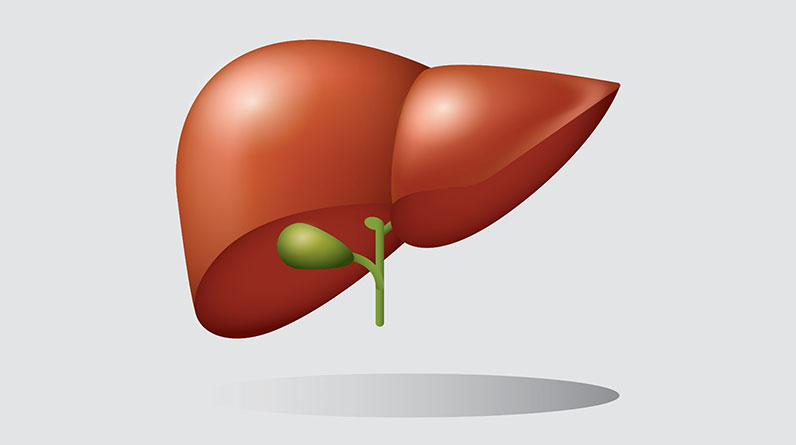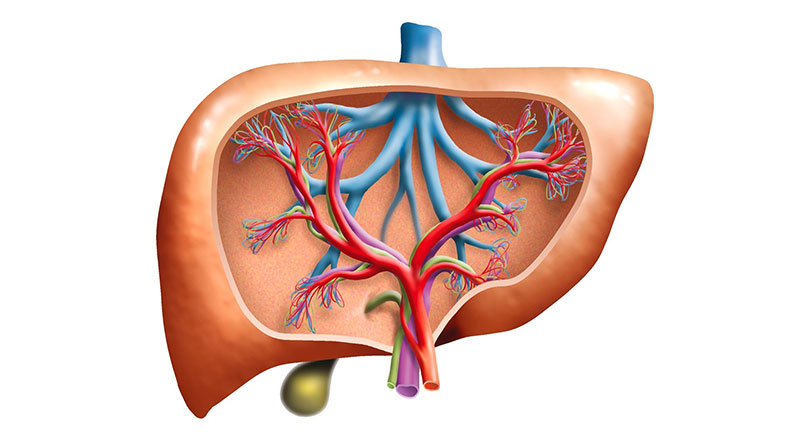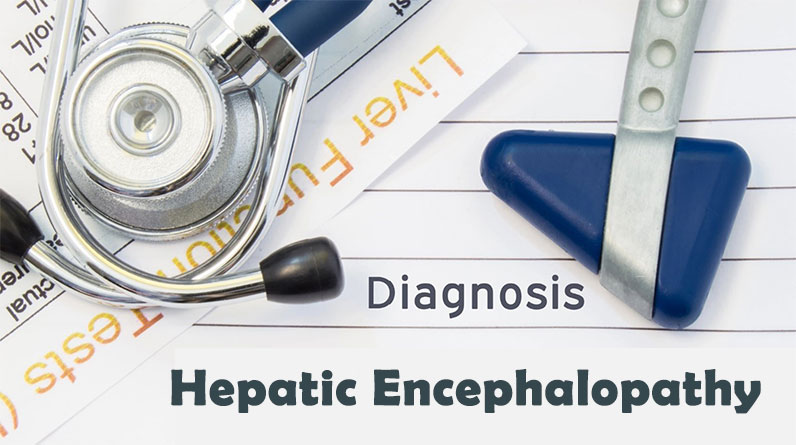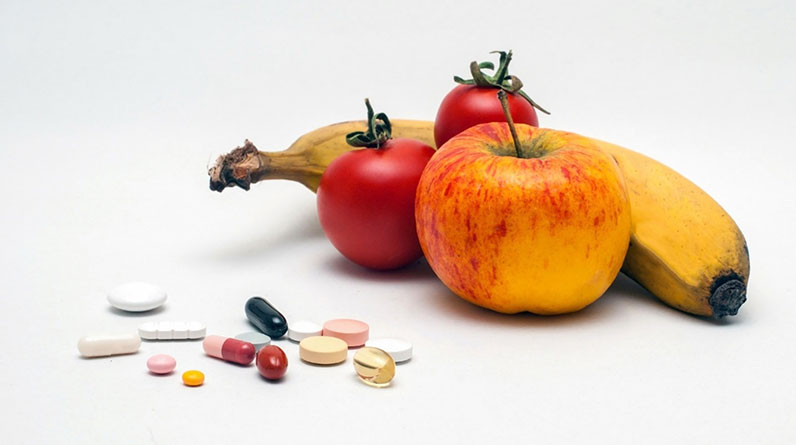
What Is the Liver?
The liver is one of the most vital organs in the human body. You literally need the liver to “live.” It functions in some of the most important aspects of maintaining body homeostasis. The liver is located in the upper right quadrant of the abdomen, beneath the diaphragm. It is a large-sized, reddish-brown organ weighing approximately three pounds in an average adult.
As noted, the liver is of utmost importance, as it performs over 500 specialized functions that keep the body in balance and functioning optimally. Thus, as we learn that the liver is so vital and important for living, it behooves us all to maintain a healthy liver.
In what follows, we’ll discuss the details of the liver’s anatomy and function. We’ll also discuss common liver diseases and conditions and offer insights into maintaining liver health. By learning about this remarkable organ comprehensively, we can all obtain an important appreciation of bodily health and well-being.
Functions of the Liver
The liver is a powerhouse of metabolic activity, performing several functions that are necessary for bodily maintenance. It is important to discuss three main functions: metabolic regulation, detoxification, and the production and secretion of specialized substances.
One of the main responsibilities of the liver is to act as a detoxifier by processing and neutralizing harmful substances that enter the body. Many do not consider that a lot of the food and drink that the human takes into the body is simply toxic.
The liver also functions to metabolize substances, converting nutrients from our diet into essential blood components, producing proteins that help blood clot, and storing vitamins and minerals for future use.
The liver is also instrumental in regulating blood sugar levels, managing cholesterol, and producing bile, which aids in the digestion and absorption of fats. Let’s now take a look at each key function in more detail.
Metabolic Regulation
One of the liver’s primary functions is the regulation of metabolism, which involves the complex processing of nutrients absorbed from the digestive tract. The liver converts carbohydrates, proteins, and fats into energy and building blocks needed by the body.
- Carbohydrate Metabolism: The liver helps maintain stable blood glucose levels through glycogenesis (converting glucose into glycogen for storage), glycogenolysis (breaking down glycogen back into glucose), and gluconeogenesis (synthesizing glucose from non-carbohydrate sources). This balance ensures that cells receive a steady supply of energy.
- Protein Metabolism: The liver synthesizes essential proteins such as albumin, which maintains blood volume and pressure, and clotting factors necessary for blood coagulation. It also plays a role in deaminating amino acids, a process that produces ammonia, which is then converted into urea for safe excretion by the kidneys.
- Lipid Metabolism: The liver produces bile, a substance crucial for the emulsification and digestion of dietary fats. It also manages the synthesis and breakdown of lipoproteins, which transport cholesterol and triglycerides in the blood. Additionally, the liver converts excess carbohydrates and proteins into fatty acids and triglycerides, storing them as energy reserves.
Detoxification
The liver is the body’s primary detoxification organ, filtering and neutralizing harmful substances that enter the bloodstream.
- Drug Metabolism: The liver metabolizes medications, making them easier for the body to use or excrete. This process often involves transforming drugs into their active or inactive metabolites.
- Toxin Removal: The liver converts toxic substances, such as alcohol and environmental toxins, into less harmful compounds that can be excreted through bile or urine. Enzymes in the liver’s cells, primarily cytochrome P450 enzymes, are important elements of this detoxification process.
- Ammonia Detoxification: Through the urea cycle, the liver converts ammonia—a toxic byproduct of protein metabolism—into urea, which is safely excreted in the urine.
Production and Secretion
Finally, the liver is also a prolific producer of substances critical for various bodily functions.
- Bile Production: The liver produces bile, which is stored in the gallbladder and released into the small intestine. Bile is essential for the digestion and absorption of fats and fat-soluble vitamins (A, D, E, and K).
- Protein Synthesis: In addition to albumin and clotting factors, the liver produces many other proteins that are important for body functions, including enzymes and transport proteins that carry hormones, vitamins, and other substances throughout the body.
- Hormone and Enzyme Production: The liver produces and secretes hormones and enzymes that regulate blood pressure, cholesterol levels, and glucose metabolism. Notably, it produces angiotensinogen, a precursor to angiotensin, which plays a crucial role in blood pressure regulation.
Cellular Function
At the cellular level, the liver’s functionality is orchestrated by specialized cells that work together to perform its diverse tasks. Hepatocytes, the primary functional cells of the liver, make up about 70-80% of the liver’s mass. These versatile cells are responsible for the liver’s metabolic, detoxification, and synthetic activities.
Hepatocytes are equipped with numerous mitochondria to fuel the energy-intensive processes of metabolism and detoxification. Additionally, Kupffer cells, a type of macrophage, line the liver’s inner areas and play a critical role in immune defense by engulfing pathogens, dead cells, and other debris.
The intricate network of hepatocytes and Kupffer cells ensures that the liver can effectively filter blood, process nutrients, detoxify harmful substances, and produce vital proteins and enzymes. This cellular synergy is an important aspect of the liver that helps it adapt to varying physiological demands and maintain overall homeostasis and health.
The liver is an indispensable organ that performs a multitude of essential functions. Its role in metabolic regulation, detoxification, and the production and secretion of critical substances highlights its central importance in sustaining life.
Learning about all of these complex functions at both the organ and cellular levels demonstrates the necessity of maintaining liver health. Proper liver function is vital for detoxifying the blood, regulating metabolism, and producing key proteins and hormones. By recognizing the liver’s crucial contributions to our well-being, we can better appreciate the need for healthy lifestyle choices and proactive medical care to support this remarkable organ throughout our lives.





